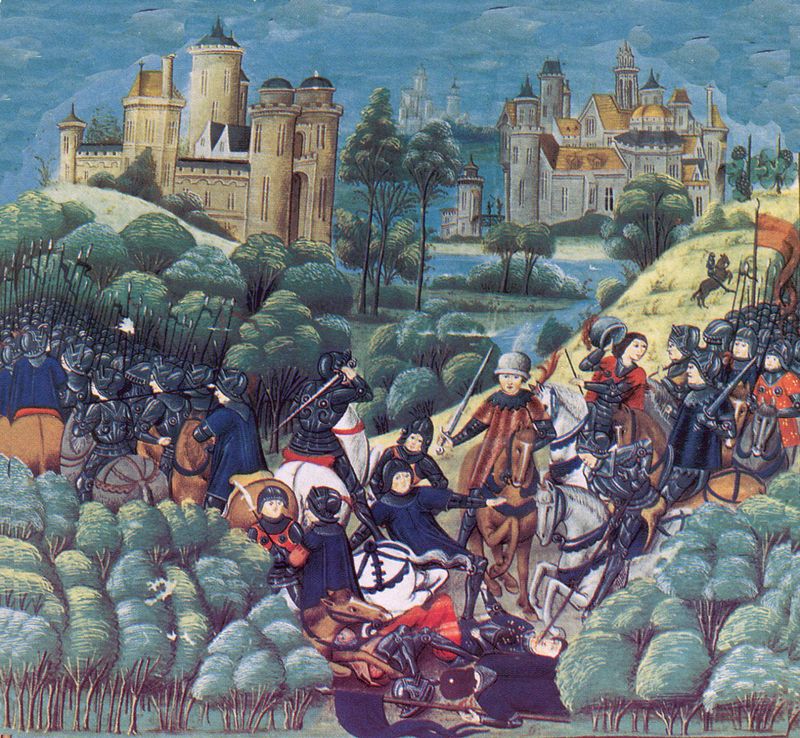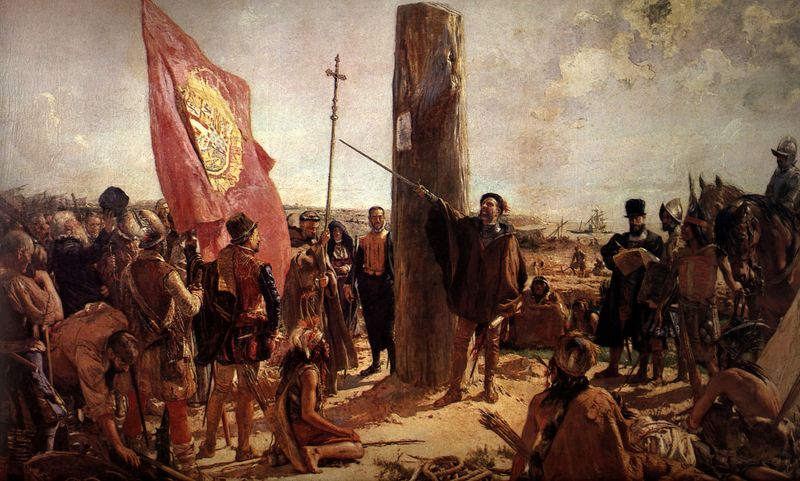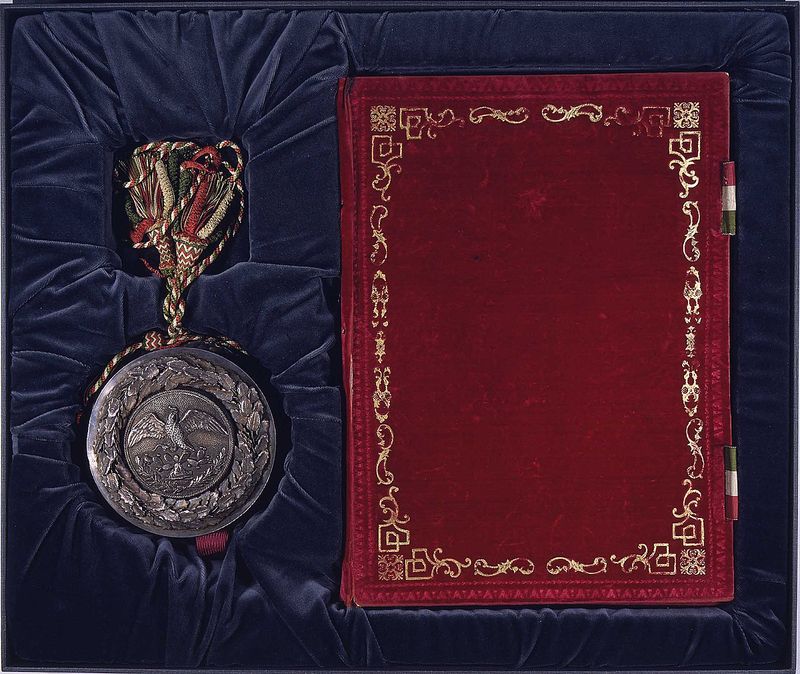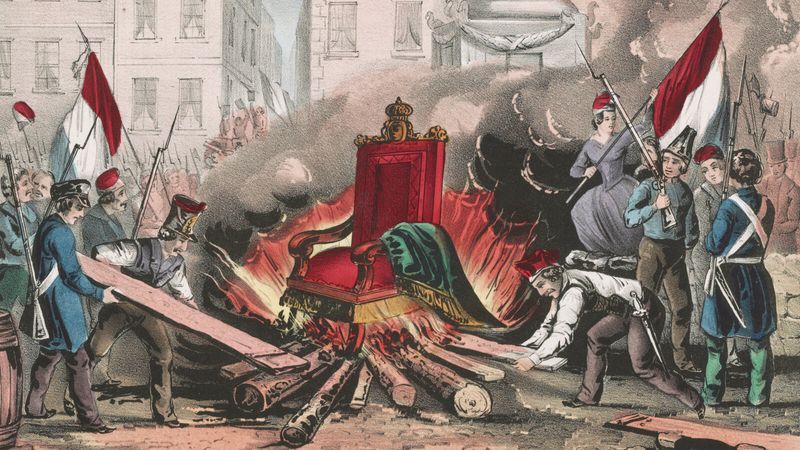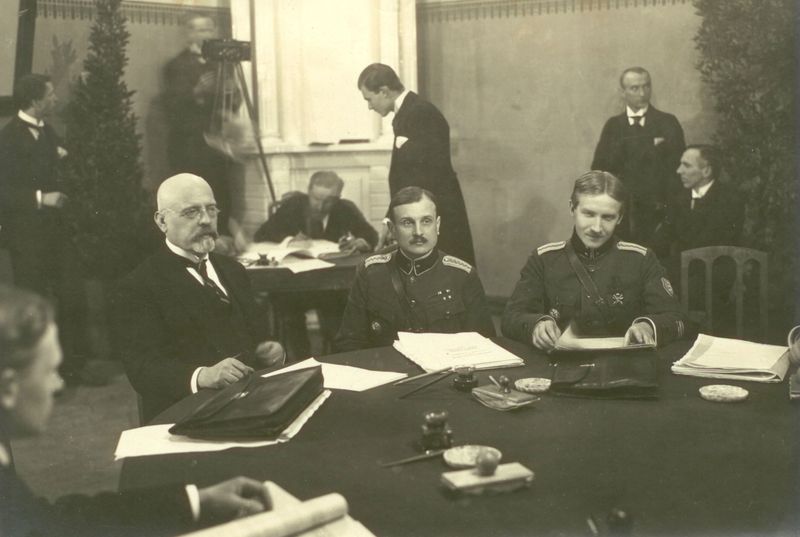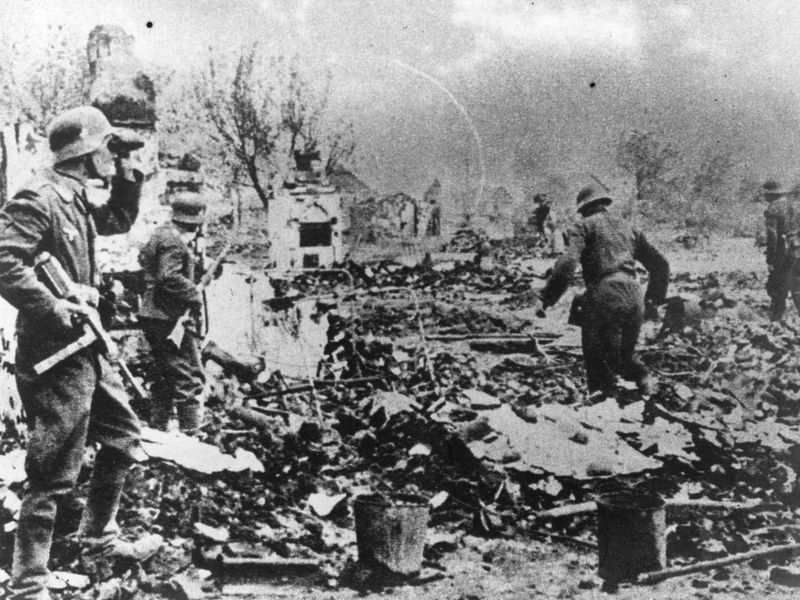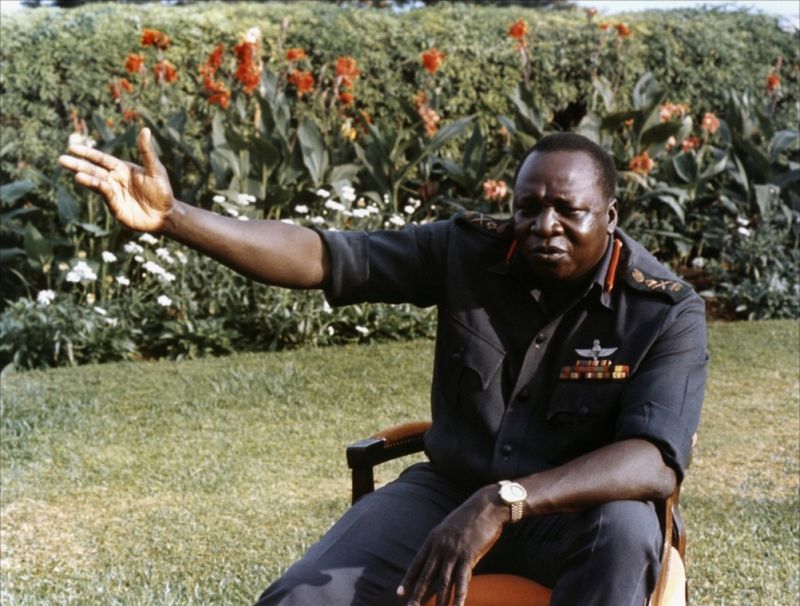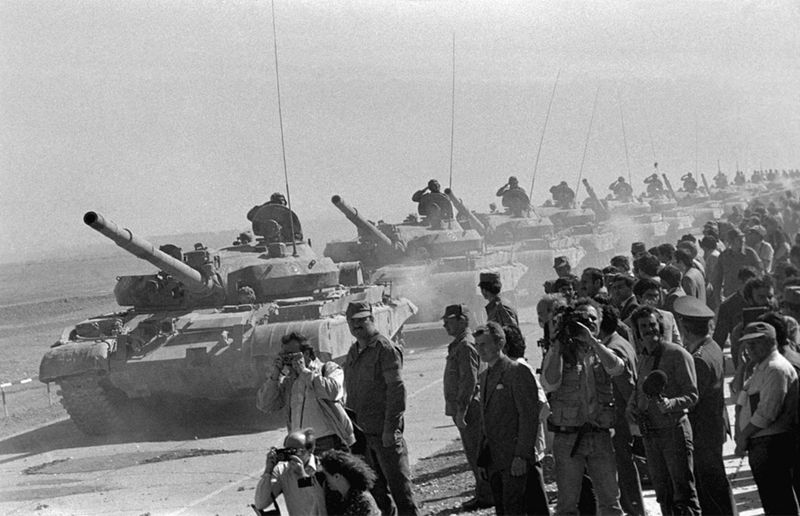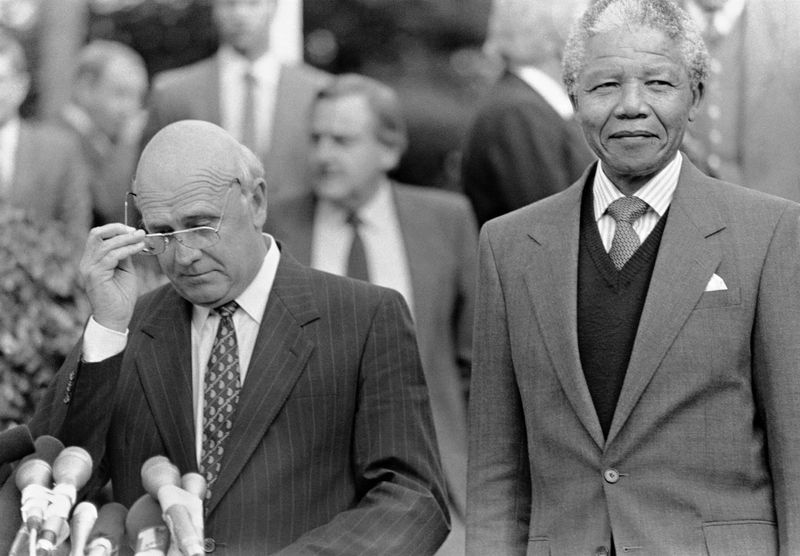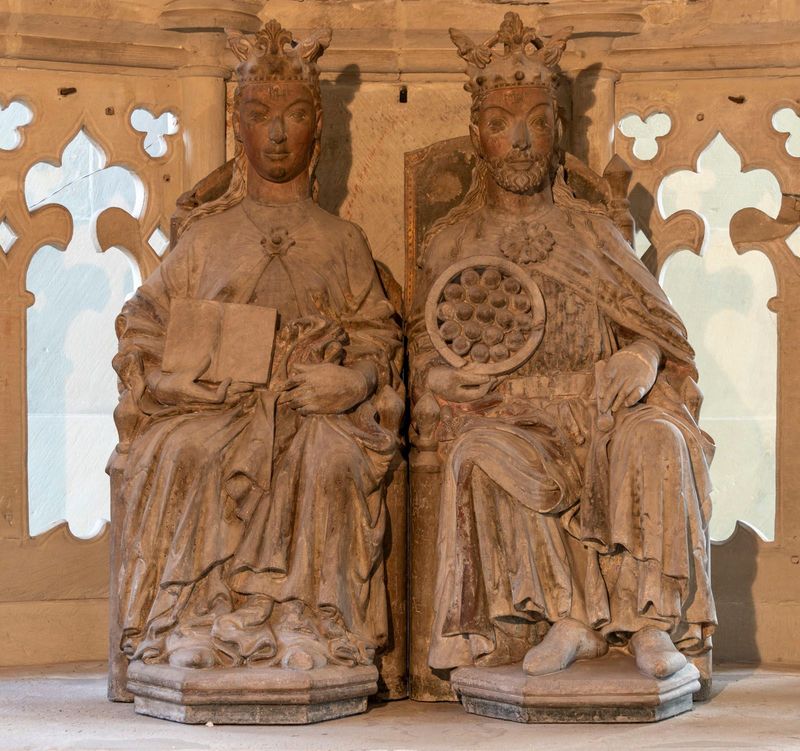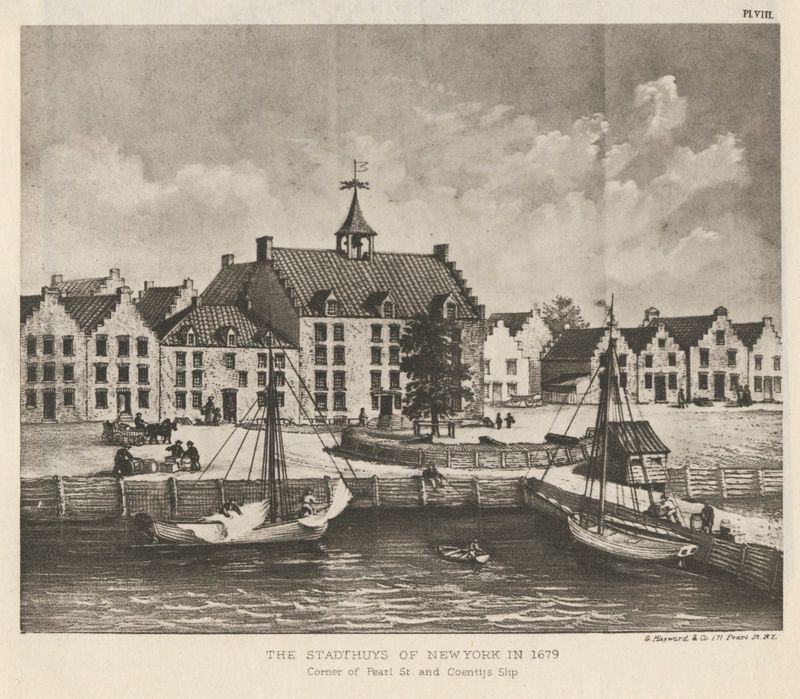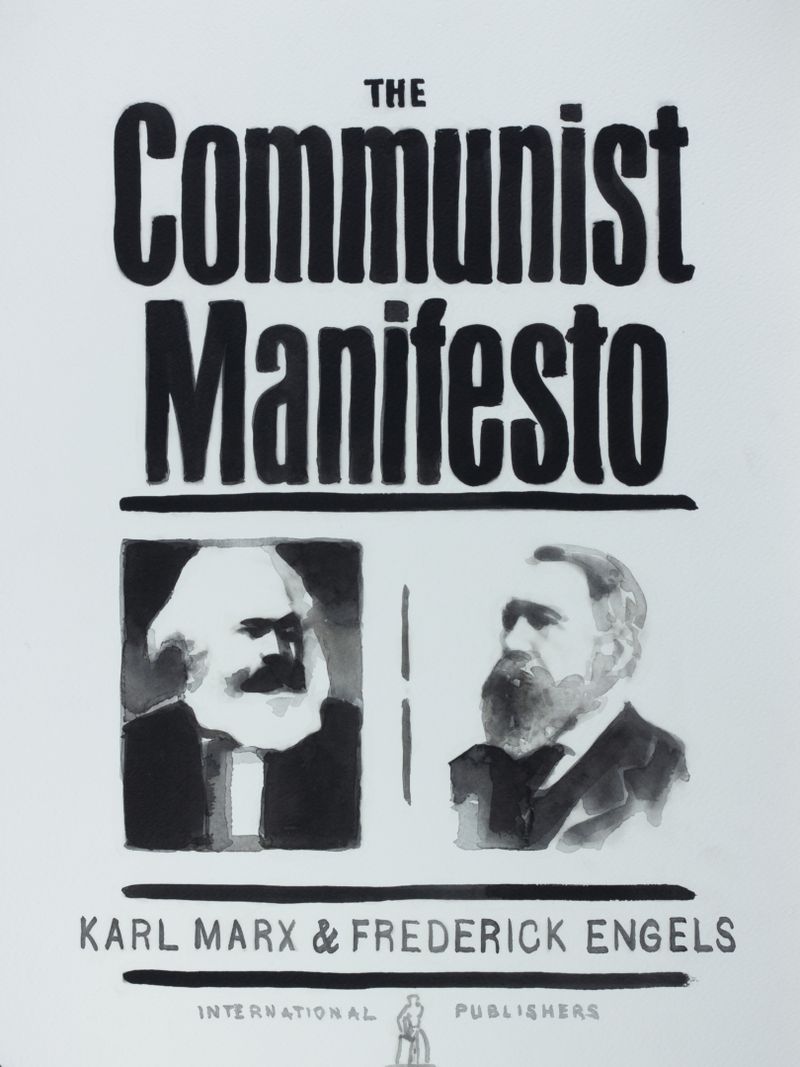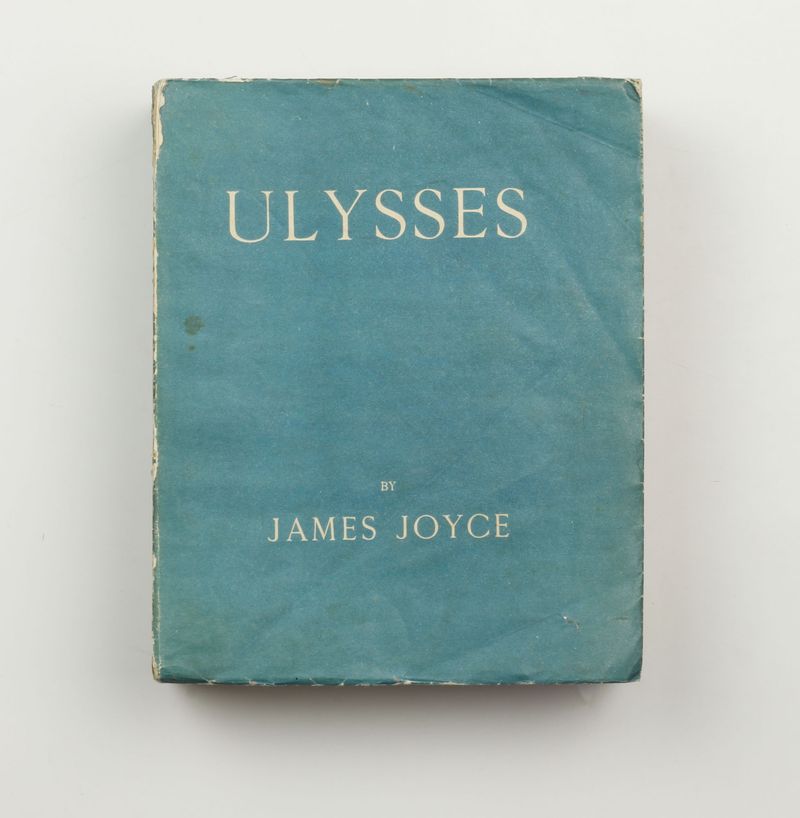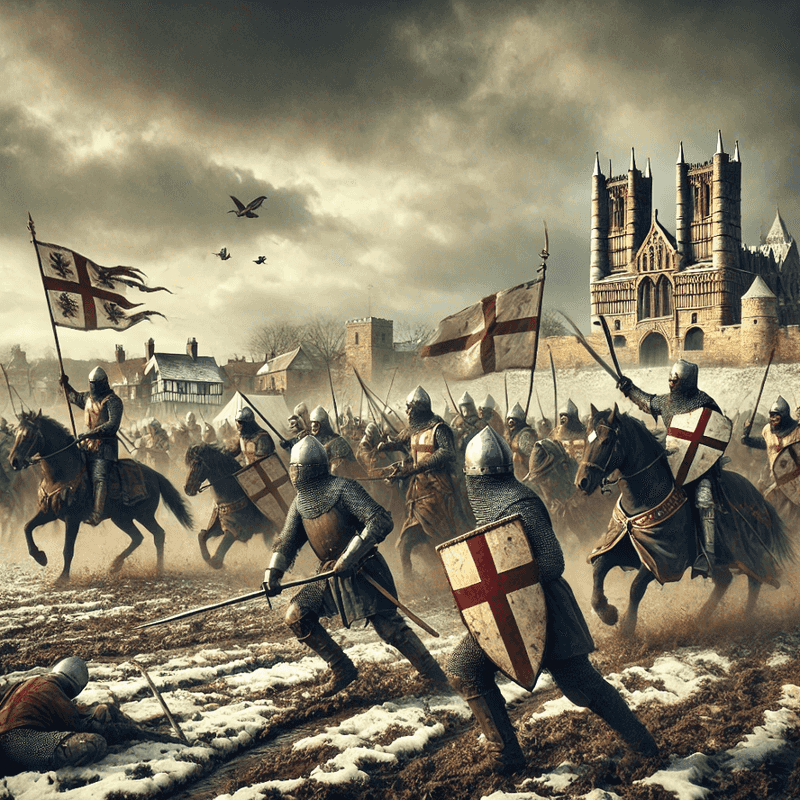February 2 has been a day marked by transformative events throughout history. From battles that shifted the balance of power to treaties and publications that set the stage for ideological revolutions, this date has witnessed pivotal moments that have shaped the world.
Join us on a journey through time as we explore 34 historic events that occurred on February 2 and sparked revolutions, changing the course of history in significant ways.
1. 1461: Battle of Mortimer’s Cross
The Battle of Mortimer’s Cross, fought on February 2, 1461, was a significant conflict during the Wars of the Roses.
In a frosty landscape, the Yorkists, led by Edward, Earl of March, clashed with the Lancastrians. The battle’s outcome was pivotal, as it bolstered Edward’s claim to the English throne.
The battle took place in Herefordshire, and legend has it that a parhelion, or sun dog, appeared in the sky, interpreted as a divine sign by Edward’s forces.
This victory paved the way for Edward’s eventual coronation as Edward IV. The battle demonstrated the shifting allegiances and the brutal nature of this civil war.
2. 1536: Founding of Buenos Aires
On February 2, 1536, Spanish explorer Pedro de Mendoza founded Buenos Aires, marking the beginning of European settlement in the region. The location was chosen for its strategic position along the Río de la Plata.
However, the initial settlement faced numerous challenges, including resistance from indigenous communities and a scarcity of resources. The site was abandoned in 1541 but was re-established in 1580 by Juan de Garay.
This profound event laid the groundwork for Buenos Aires to become a major port and cultural hub in South America, influencing trade, politics, and culture in the region.
3. 1848: Signing of the Treaty of Guadalupe Hidalgo
The Treaty of Guadalupe Hidalgo, signed on February 2, 1848, marked the end of the Mexican-American War. This treaty was monumental, as it significantly altered the map of North America.
Mexico ceded significant territories, including present-day California, Nevada, and Utah, to the United States. The treaty also established the Rio Grande as the border between Texas and Mexico.
The signing of this treaty not only reshaped national boundaries but also set the stage for further westward expansion and conflicts over slavery in the newly acquired territories. The treaty’s effects are still felt in U.S.-Mexico relations today.
4. 1848: French Revolution of 1848
The French Revolution of 1848, beginning on February 2, was a series of revolutionary events that had profound effects on France and Europe. This revolution led to the establishment of the French Second Republic.
The movement was fueled by economic hardship, political corruption, and demands for democratic reforms. As barricades rose in Paris, King Louis-Philippe was forced to abdicate.
This wave of revolution also sparked similar uprisings across Europe, becoming a catalyst for change. The 1848 revolutions highlighted the growing demand for social and political reforms, influencing the future of European governance.
5. 1918: Russia Adopts the Gregorian Calendar
On February 2, 1918, Soviet Russia adopted the Gregorian calendar, aligning with most of the Western world. This change was revolutionary, as it marked a departure from the Julian calendar, which Russia had used for centuries.
The switch was part of broader efforts to modernize and integrate Russia with international practices.
This calendar reform was also symbolic of the broader transformations happening in post-revolutionary Russia, as the country sought to redefine itself on the global stage.
The adoption of the Gregorian calendar facilitated better synchronization with global economic and diplomatic activities.
6. 1920: Tartu Peace Treaty
The Tartu Peace Treaty, signed on February 2, 1920, was a significant diplomatic achievement for Estonia. This treaty concluded the Estonian War of Independence against Soviet Russia.
Through the treaty, Russia recognized Estonia’s independence, marking the first time Soviet Russia recognized a territorial separation.
The treaty was a triumph for Estonia, securing its sovereignty and setting a precedent for other Baltic states seeking independence.
The Tartu Peace Treaty showcased the complex dynamics of post-World War I Europe and the struggles of small nations to assert their autonomy in the face of larger powers.
7. 1943: Surrender of German Forces at Stalingrad
The surrender of German forces at Stalingrad on February 2, 1943, was a turning point in World War II. After months of brutal fighting, the German 6th Army, encircled by Soviet forces, capitulated.
This defeat shattered the myth of Nazi invincibility and marked a significant shift in the war’s momentum. The battle was one of the bloodiest in history, with immense casualties on both sides.
Stalingrad became a symbol of Soviet resilience and determination. The surrender at Stalingrad initiated a series of offensives by the Allies, ultimately leading to the downfall of Nazi Germany.
8. 1971: Idi Amin’s Coup in Uganda
On February 2, 1971, Idi Amin seized power in Uganda through a military coup, overthrowing President Milton Obote. Amin’s rule was characterized by brutal repression, human rights abuses, and economic turmoil.
His coup was initially welcomed by some, hoping for stability, but quickly descended into a reign of terror. Amin’s regime resulted in the deaths of hundreds of thousands and the displacement of many more.
His overthrow in 1979 left Uganda in socio-political disarray. Amin’s coup is a stark reminder of the dangers of unchecked power and the long-lasting impact of dictatorial regimes on a nation.
9. 1989: Soviet Withdrawal from Afghanistan
The Soviet withdrawal from Afghanistan, which began on February 2, 1989, marked the end of a decade-long conflict. This move was part of the Soviet Union’s efforts to disengage from costly international entanglements.
The withdrawal was a strategic retreat, acknowledging the futility of prolonged military involvement. The conflict had drained Soviet resources and contributed to internal discontent.
The withdrawal left Afghanistan in a state of civil war, eventually leading to the rise of the Taliban. This event underscored the limits of military power in achieving political objectives and reshaped geopolitical dynamics in the region.
10. 1990: F.W. de Klerk’s Reforms in South Africa
On February 2, 1990, South African President F.W. de Klerk initiated a series of reforms that would lead to the end of apartheid. De Klerk’s announcements included the unbanning of political parties and the release of political prisoners, including Nelson Mandela.
These actions were pivotal in dismantling the apartheid system. De Klerk’s bold moves opened the door for negotiations that would transition South Africa to a democratic society.
While these reforms were met with resistance from hardliners, they were crucial in paving the way for a new era of reconciliation and equality in South Africa.
11. 962: Coronation of Otto I as Holy Roman Emperor
On February 2, 962, Otto I was crowned as Holy Roman Emperor by Pope John XII. This event marked the formal establishment of the Holy Roman Empire, a political entity that would play a crucial role in European history.
Otto’s coronation symbolized the intertwining of church and state, as the emperor was seen as both a secular and religious leader. His reign helped consolidate power in Central Europe and laid the groundwork for the medieval European order.
Otto’s legacy is still evident in the cultural and political structures that evolved from the Holy Roman Empire’s influence.
12. 1653: Incorporation of New Amsterdam
On February 2, 1653, New Amsterdam was officially incorporated, marking a significant moment in the history of what would become New York City. Established by the Dutch West India Company, New Amsterdam served as the capital of the Dutch colony of New Netherland.
The incorporation formalized the city’s governance and development. New Amsterdam became a thriving trade hub, attracting a diverse population. This diverse foundation laid the groundwork for New York City’s future as a global metropolis.
The incorporation of New Amsterdam highlights the city’s long-standing role as a center of commerce and cultural exchange.
13. 1848: Publication of The Communist Manifesto
On February 2, 1848, The Communist Manifesto, authored by Karl Marx and Friedrich Engels, was published. This influential document laid the ideological foundation for communism, advocating for the overthrow of capitalist systems and the establishment of a classless society.
The manifesto’s themes resonated with the working class, inspiring political movements worldwide. Its publication came at a time of significant social unrest in Europe, influencing revolutionary activities.
The Communist Manifesto’s impact is profound, shaping the course of 20th-century politics and inspiring debates about economic and social justice that continue to this day.
14. 1922: Publication of James Joyce’s Ulysses
James Joyce’s Ulysses was published on February 2, 1922, forever changing the landscape of modern literature. This groundbreaking novel, set in a single day in Dublin, employed innovative narrative techniques and stream-of-consciousness writing.
Ulysses challenged conventional storytelling, exploring complex themes of identity, existence, and human consciousness. Its publication sparked debates about censorship and literary freedom due to its explicit content.
Despite initial controversy, Ulysses went on to become a cornerstone of modernist literature, influencing countless writers and reshaping literary narratives. Joyce’s work continues to inspire discussions about artistic expression and narrative structure.
15. 1942: Osvald Group’s Sabotage in Norway
On February 2, 1942, the Osvald Group, a Norwegian resistance organization, carried out significant sabotage operations against Nazi occupation forces. These daring acts were part of a broader resistance effort to undermine German control in Norway during World War II.
The group’s actions included disrupting transport lines and communications, demonstrating the resilience and bravery of the Norwegian resistance.
The Osvald Group’s efforts not only hindered Nazi operations but also inspired other resistance movements across Europe. Their legacy is remembered as a testament to the power of grassroots resistance against oppressive regimes.
16. 1959: The Day the Music Died
The tragic plane crash on February 2, 1959, known as “The Day the Music Died,” claimed the lives of rock and roll legends Buddy Holly, Ritchie Valens, and J.P. “The Big Bopper” Richardson. This event marked a devastating loss in the music world.
The crash occurred during a winter tour, cutting short the lives of these influential artists who had already made significant impacts on the genre.
Their untimely deaths were mourned by fans worldwide and highlighted the precarious nature of fame. The legacy of these musicians endures, influencing generations of artists and music lovers.
17. 1982: Hama Massacre in Syria
The Hama Massacre occurred on February 2, 1982, when the Syrian government launched a brutal crackdown on the city of Hama to suppress an uprising by the Muslim Brotherhood.
This violent event resulted in the deaths of thousands of civilians and widespread destruction. The massacre was a stark example of state repression and highlighted the tensions between the Syrian government and opposition groups.
The Hama Massacre had long-lasting effects on Syrian society, fueling resentment and unrest that would resurface in later conflicts. It serves as a grim reminder of the human cost of authoritarian rule and civil strife.
18. 2004: Roger Federer Becomes World No. 1
On February 2, 2004, Swiss tennis player Roger Federer ascended to the World No. 1 ranking, marking the beginning of a dominant era in men’s tennis. Federer’s rise to the top was characterized by his exceptional skill, grace, and sportsmanship on the court.
His achievements inspired a new generation of tennis players and elevated the sport’s global popularity. Federer’s reign included numerous Grand Slam titles and records, solidifying his status as one of the greatest tennis players of all time.
His impact extends beyond his victories, influencing the game’s style and inspiring fans worldwide.
19. 2005: Canada’s Civil Marriage Act
The Civil Marriage Act, passed on February 2, 2005, made Canada one of the first countries to legalize same-sex marriage nationwide. This landmark legislation was a significant step forward for LGBTQ+ rights in Canada and around the world.
The act’s passage was the culmination of years of activism and legal battles, ensuring equality and recognition for same-sex couples. The Civil Marriage Act represented a broader shift towards inclusivity and acceptance in Canadian society.
Its legacy continues to inspire movements for marriage equality globally and underscores the importance of human rights advocacy.
20. 2007: Death of Filippo Raciti
On February 2, 2007, Italian police officer Filippo Raciti died during clashes with football hooligans in Catania, Sicily. His death highlighted the ongoing issue of violence in sports, particularly in football (soccer) matches.
Raciti’s tragic death led to widespread condemnation and prompted significant changes in Italian football regulations, including stricter security measures at stadiums. His passing became a rallying point for addressing hooliganism and violence in sports.
Raciti’s legacy is remembered as a call to action for ensuring the safety and integrity of sporting events, emphasizing the need for collaboration between fans, authorities, and organizations.
21. 2012: Sinking of MV Rabaul Queen
The sinking of the MV Rabaul Queen on February 2, 2012, was a maritime tragedy that resulted in the loss of many lives. The ship, carrying over 300 passengers, sank off the coast of Papua New Guinea due to rough seas and overloading.
This disaster highlighted the importance of maritime safety regulations and the need for strict enforcement to prevent such tragedies.
The sinking prompted investigations and calls for improved safety standards in the region. It serves as a somber reminder of the risks associated with maritime travel and the critical need for accountability in ensuring passenger safety.
22. 2021: Myanmar Military Coup
On February 2, 2021, Myanmar’s military seized power in a coup, overthrowing the democratically elected government. This event plunged the country into political turmoil and widespread protests.
The coup was met with international condemnation and led to sanctions and diplomatic pressure. The military’s actions reversed years of progress towards democracy and human rights in Myanmar.
As the situation continues to unfold, the coup serves as a stark reminder of the fragility of democratic institutions and the ongoing struggle for freedom and justice in the region.
23. 1839: The First Photo of the Moon
On February 2, 1839, Louis Daguerre took the first known photograph of the moon. This pioneering use of daguerreotype photography opened new frontiers in both science and art. It inspired future astronomers and photographers to capture celestial and earthly wonders.
Daguerre’s achievement marked a revolutionary moment for photography, turning it into a valuable tool for scientific exploration.
This breakthrough illustrated the potential for capturing real-world images, prompting a surge of interest in amateur and professional photography alike.
24. 1141: Battle of Lincoln
The Battle of Lincoln, fought on February 2, 1141, was a pivotal conflict during the period of civil war in England known as The Anarchy. This battle saw forces loyal to Empress Matilda clash with those supporting King Stephen.
The outcome was a decisive victory for Matilda’s forces, capturing King Stephen and shifting the balance of power. The Battle of Lincoln underscored the volatile nature of medieval politics and the struggle for the English crown.
This event highlighted the complexities of feudal allegiances and the enduring quest for legitimacy and control in English history.

